By Wendy Lazarus
Over the last five years, social gaming has exploded. So has child poverty. Over 90 percent of American children between the ages of two and 17 play video games.One in four U.S. children under age six lives below the poverty level. Nearly 40 percent of American kids play games on mobile devices. One in 45 is homeless.
How are the two related? With gaming as a partial solution to reducing child poverty, or so The Children’s Partnership hopes. As gaming becomes more social, it is expanding into parts of society once seen as untouched by video games. The largest of these groups is women, who make up 55 percent of social gamers on average. Women are also more likely than men to make charitable contributions and to make larger ones; and they are more likely to care about youth-related causes. Equally important, they are more likely than men to purchase virtual goods in social games.
This is where The Children’s Partnership’s VirtuallyGood4Kids campaign comes in. The kinds of in-game donations and virtual goods that helped fund disaster relief in Haiti and Japan are a natural next step for helping our own children. In an effort to involve more game companies in domestic, youth-focused causes, The Children’s Partnership has released a report, which lays out a road map for game companies to provide leadership in engaging women and children around health and education, online safety, civic values, technology readiness and future work opportunities.
In the same way that Zynga’s YoVille game allows players to adopt virtual pets, with proceeds going to San Francisco’s Society for the Prevention of Cruelty to Animals, VirtuallyGood4Kids encourages game companies to partner with youth-related causes to create virtual goods and or match donations for check-ins on social network platforms. The technology is already in place on the social gaming side. In 2009, Zynga raised $4 million for disaster relief for Haiti through virtual goods sales. The incentive is in place as well. Cause marketing initiatives are popular and rapidly increasing, with 85 percent of consumers reporting a more positive image of a company when it supports a cause they care about. Because many nonprofits lack the capacity to devote sustained resources on a large scale, The Children’s Partnership has created VirtuallyGood4Kids to create and manage the cause-related side of the arrangement.
The potential is enormous for both gaming companies and children. In 2011, the virtual goods industry saw $2.3 billion in U.S. sales. In a market that big, there is certainly room for many causes. The Children’s Partnership is working to make sure that child poverty is one of them.
